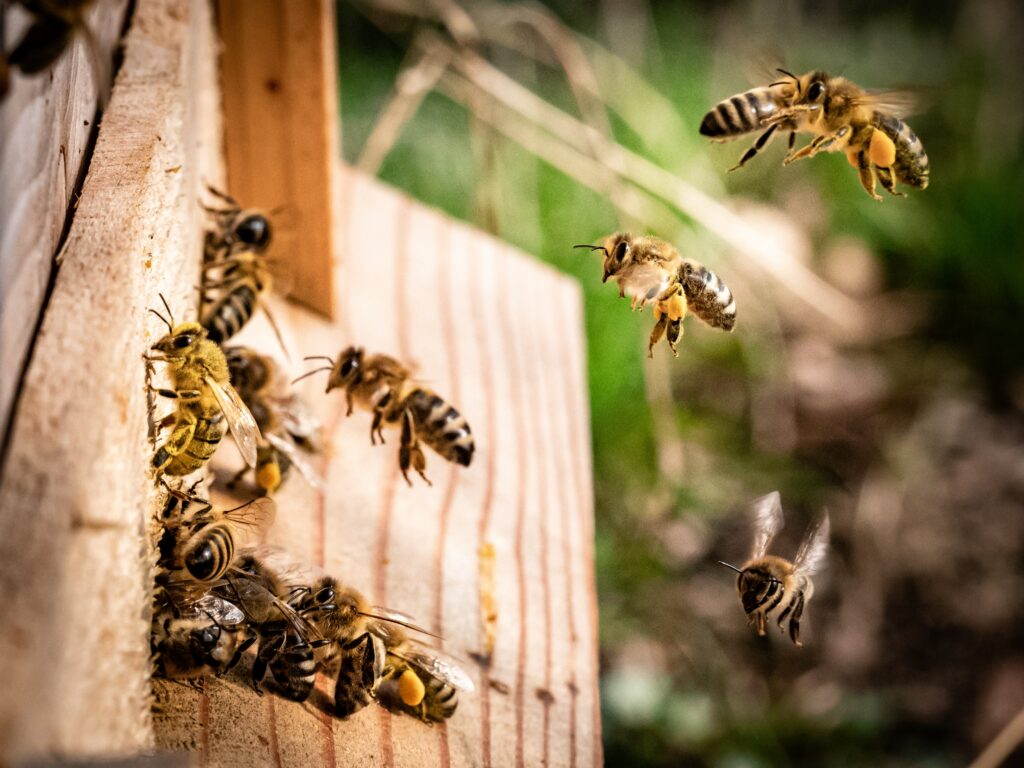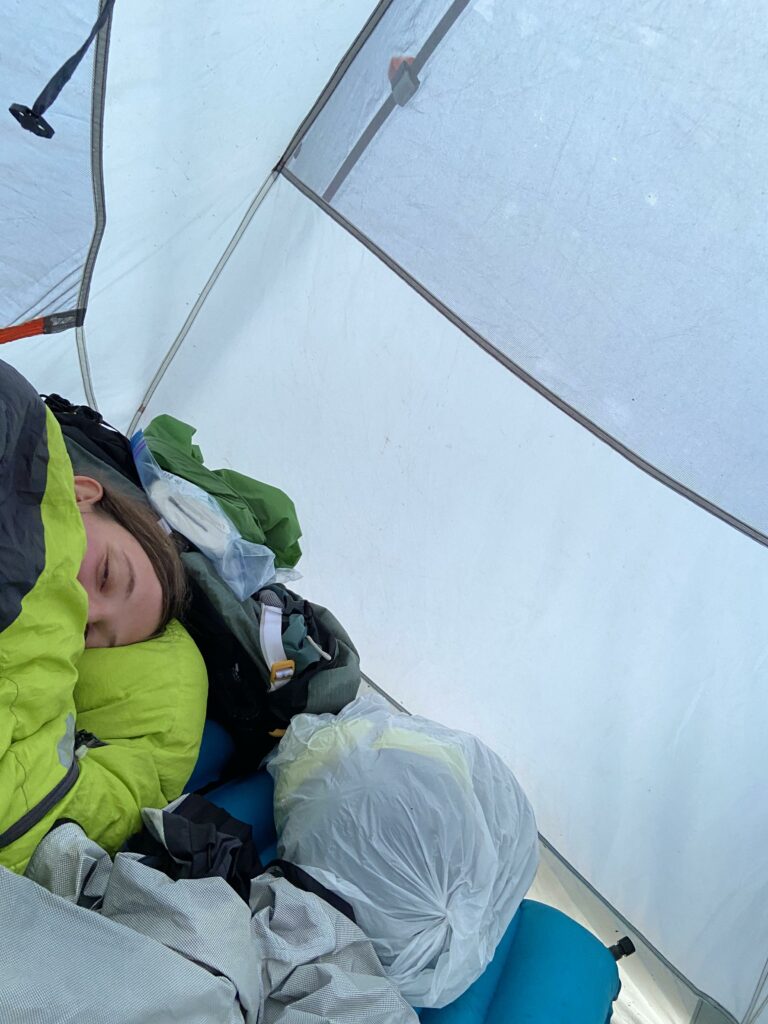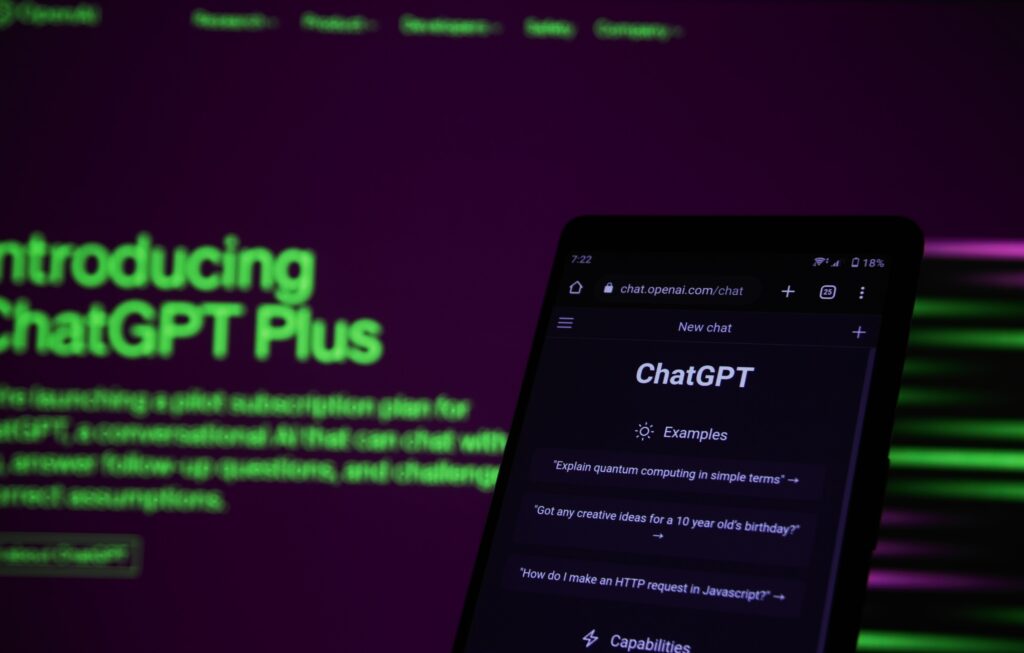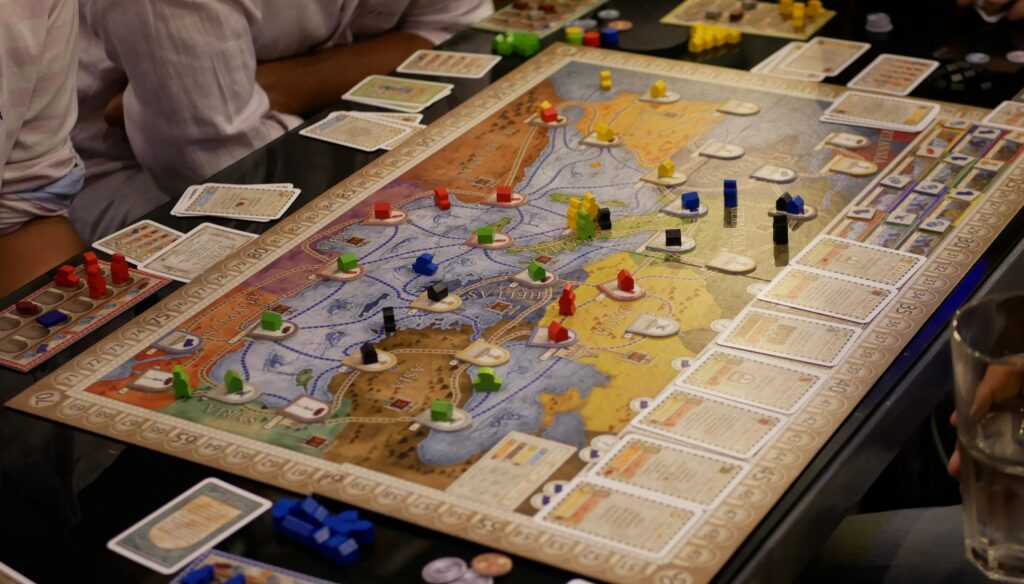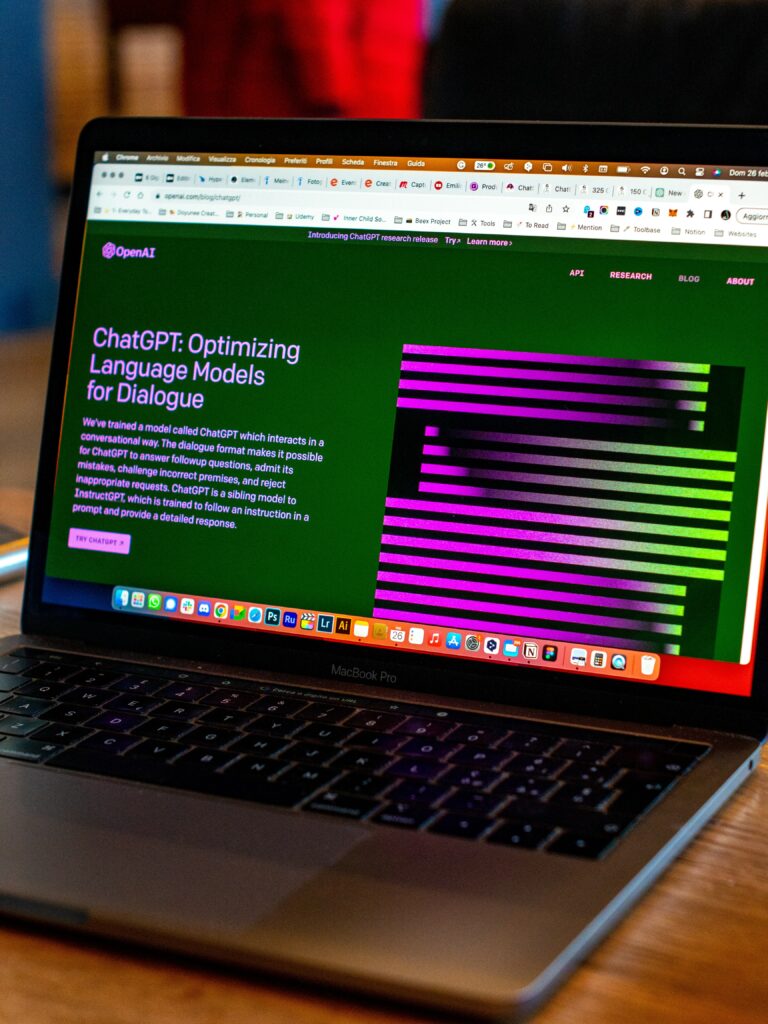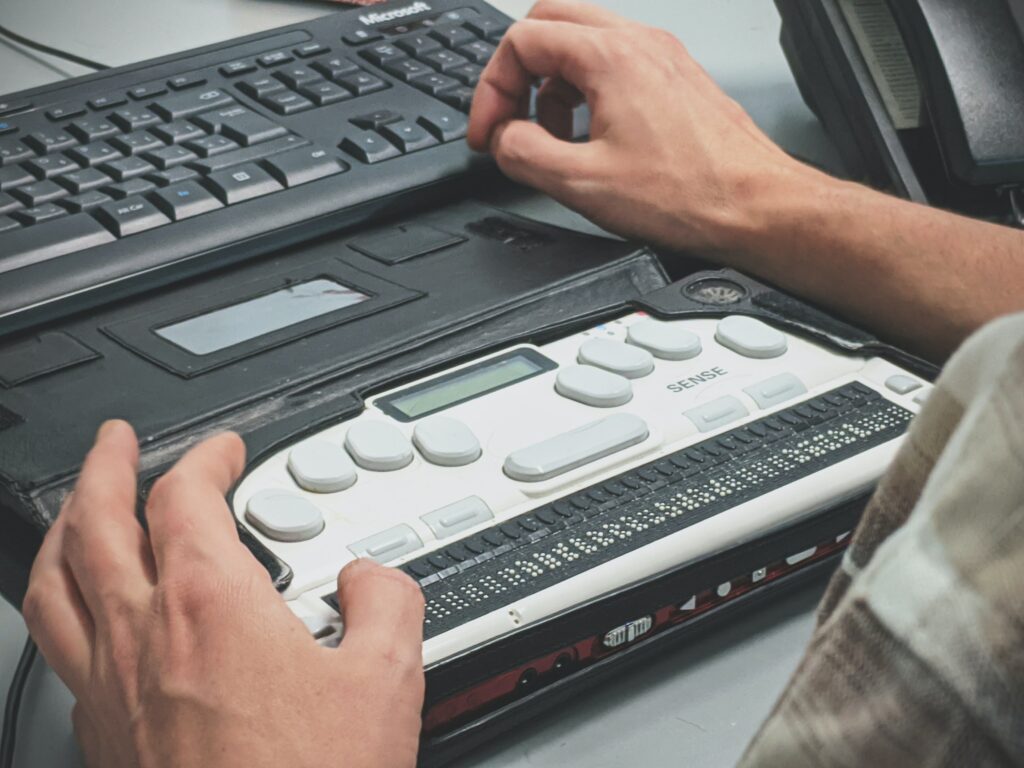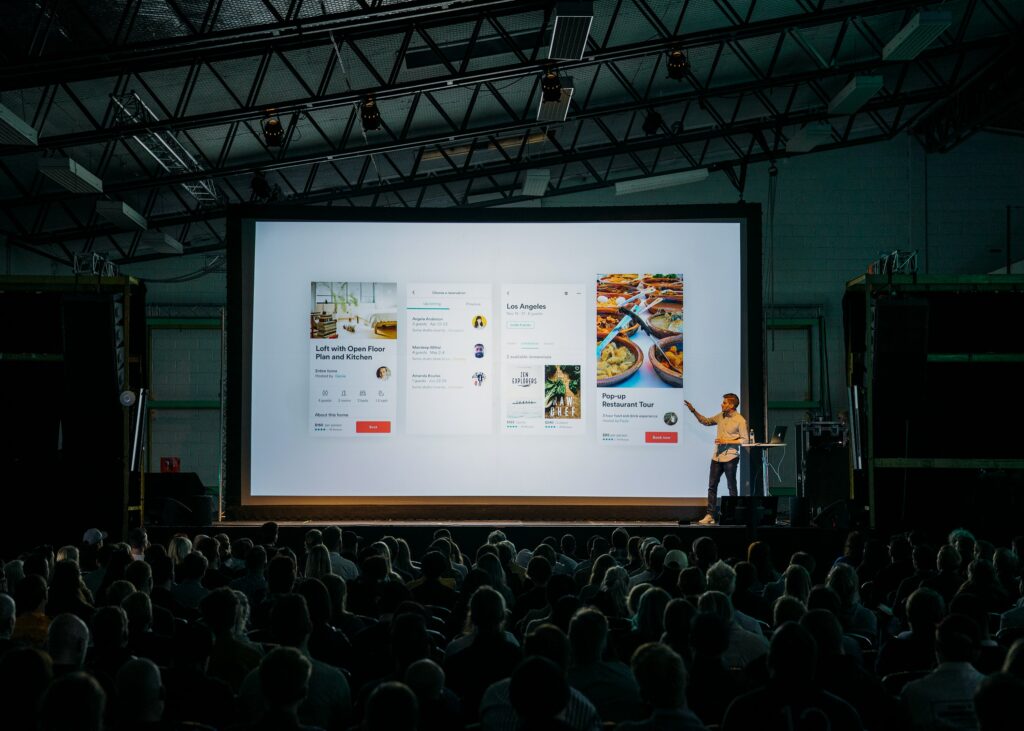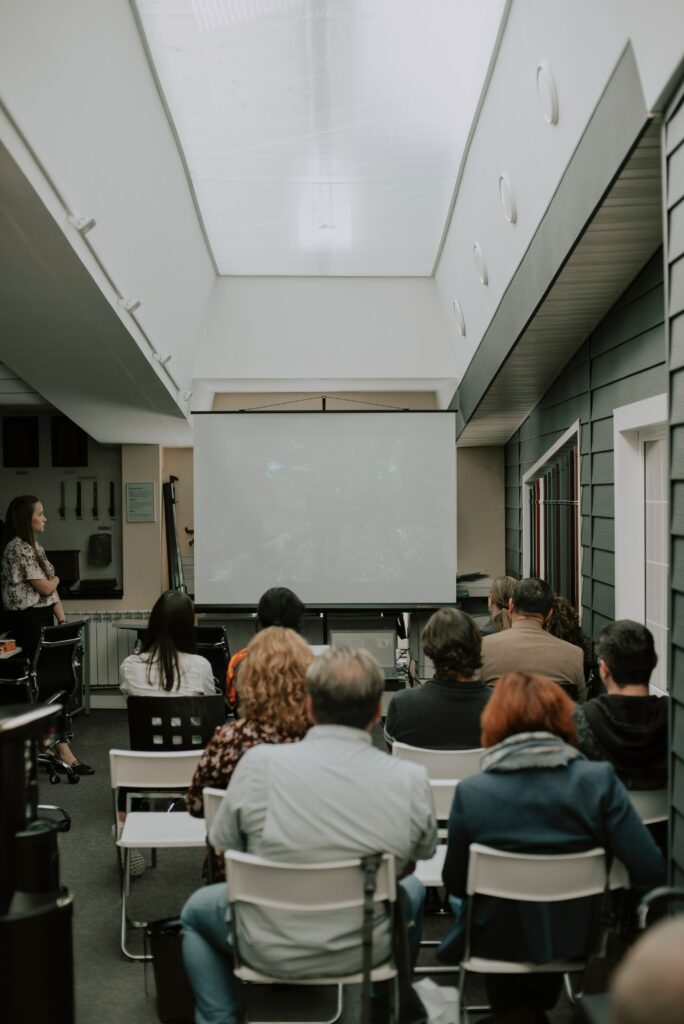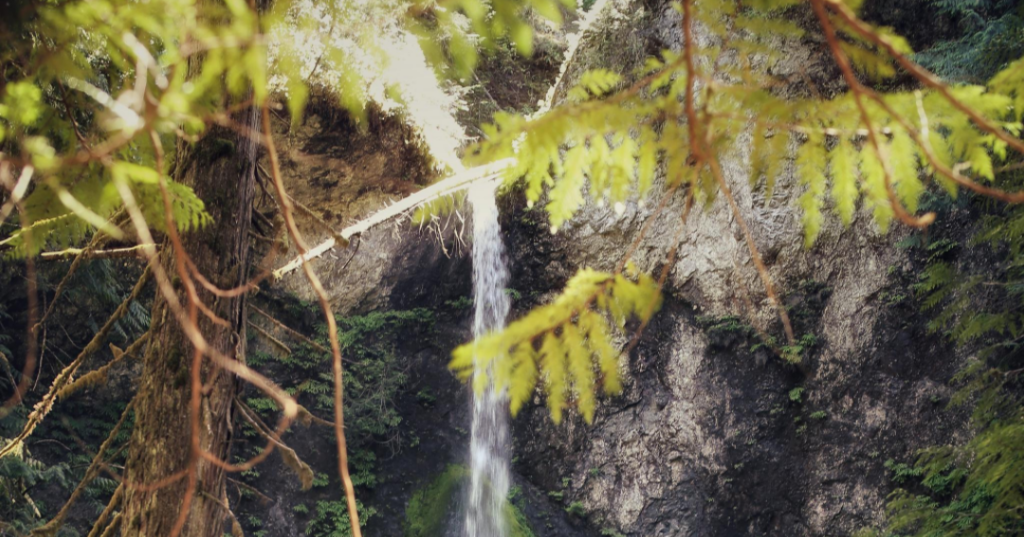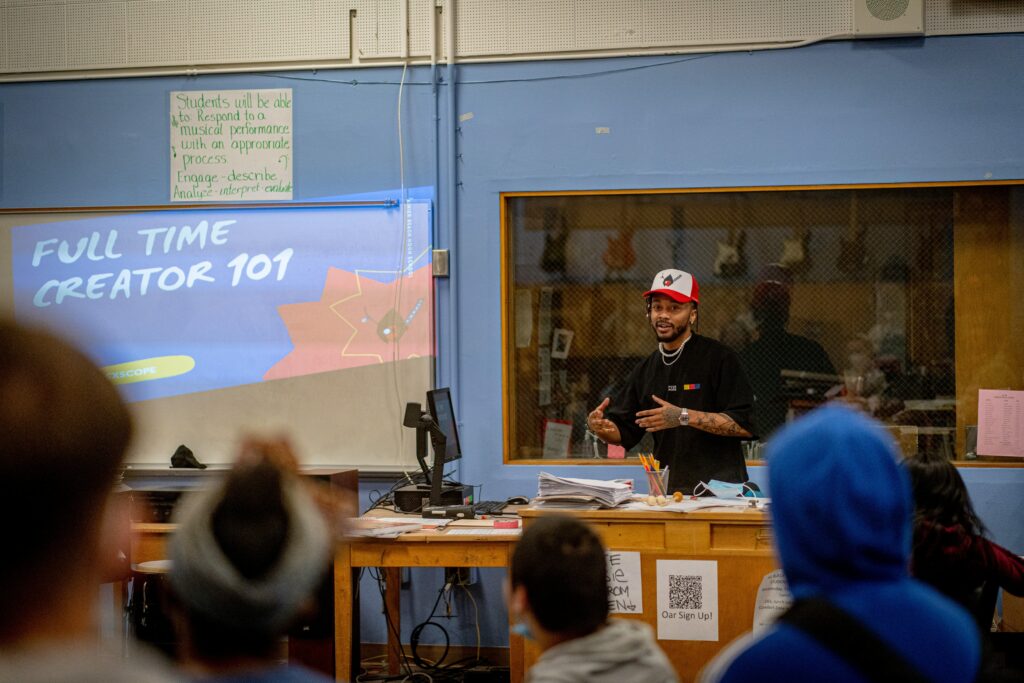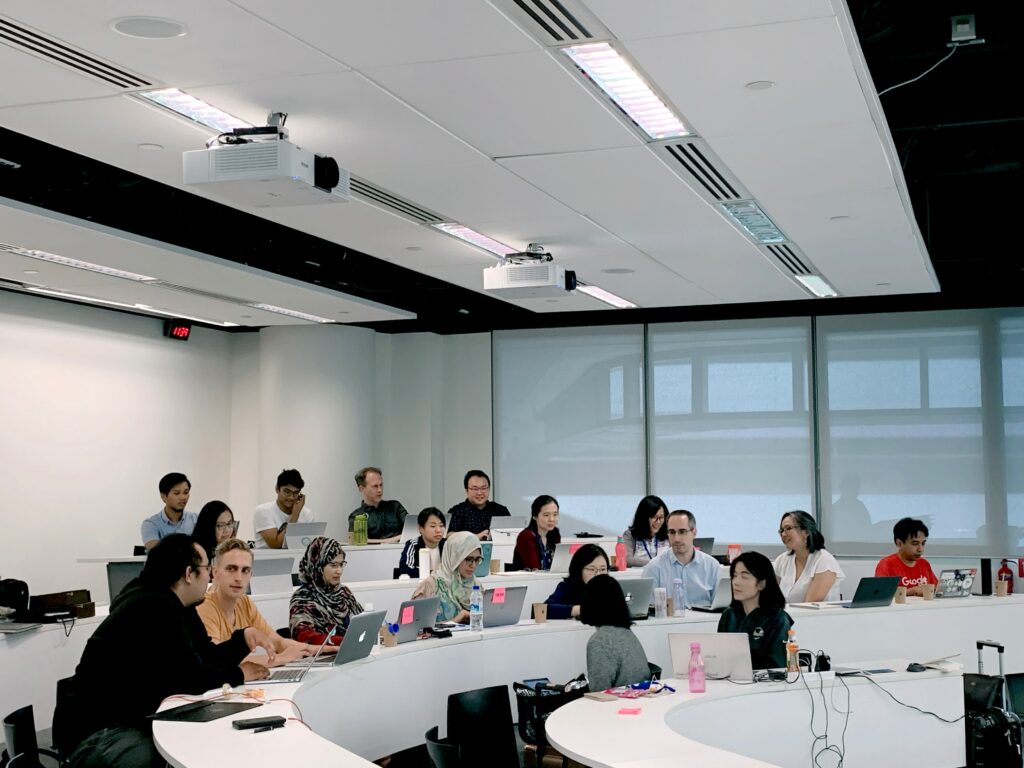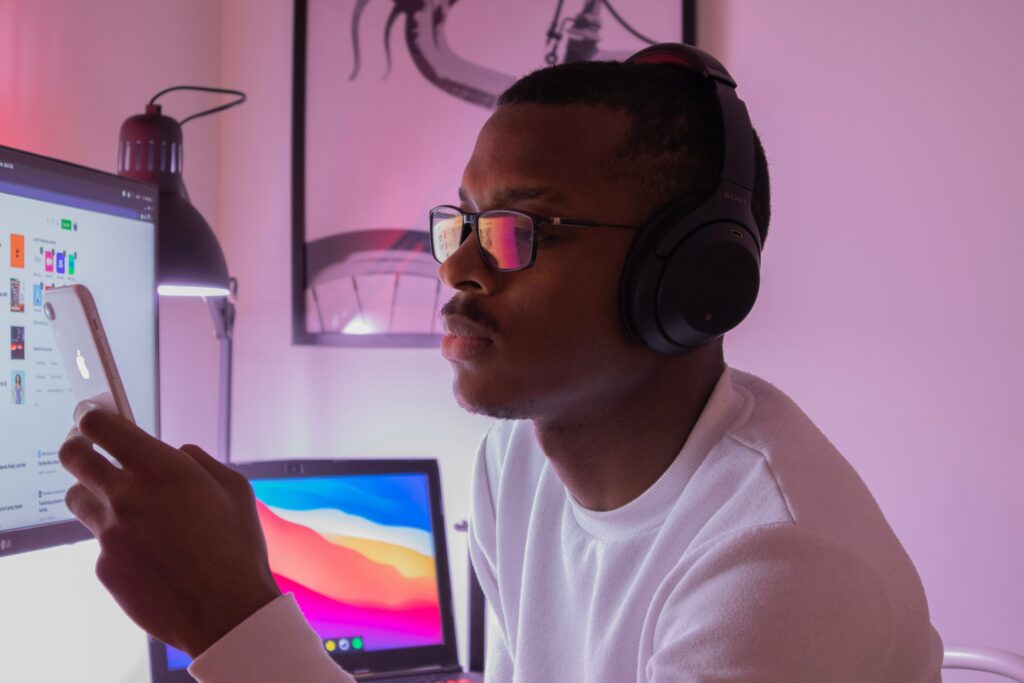Day 2
We slept that first night at Arnica Lake, and when the day came, we came out to make our breakfast and began to talk to the other people who had stayed there that night. They were laughing at our arrival time, saying, “Oh, you guys got in late last night.” We didn’t want to admit that we’d made a bad choice. We didn’t want them thinking that we were total idiots – that we’d been hiking in the dark, setting up in the rain and that much of our gear was now wet– so we laughed it off and said that that was the way we’d planned it.
We started out, planning to make the hike to Carter Lake. But when we got there, we were dismayed to find that the path led between the cliff face and the lake. It consisted of jumping from boulder to boulder along the narrow way. And jumping with a forty-pound pack on is difficult. If you fell off the rock (which my sister
did) you scraped your skin on the way down and landed either in the rocks or in the lake. On the other side of the lake, the trail led into the trees, and became difficult to follow. We made a few wrong turns, lost the trail, and ended up bush-whacking our way back down to the lake to pick up the trail again. The rain continued, and while we were optimistic at first that the fog would lift, it never did.
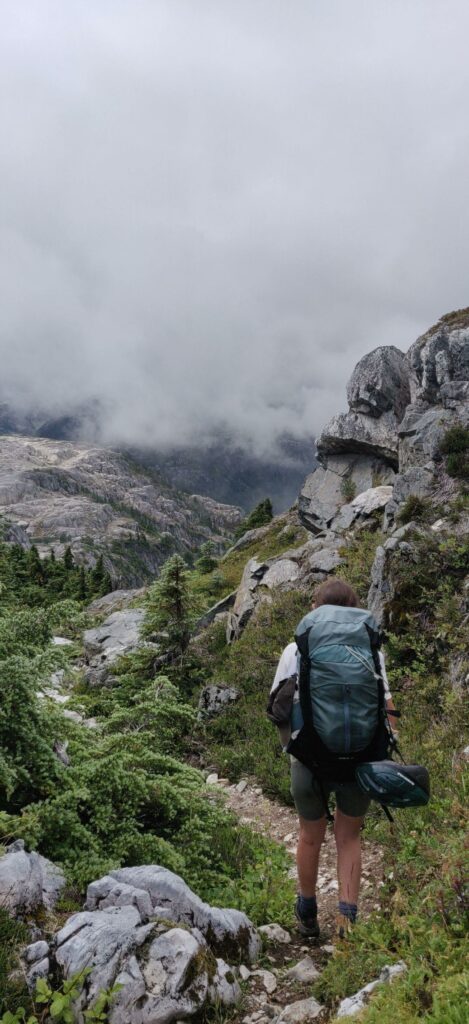
We were cold, wet and tired when we met three guys coming down off the mountain. We noticed right away that they didn’t look happy. They trudged along in absolute silence. We asked them about their trip, and they said that it was a bust. They hadn’t summitted because the mountain was in fog and the trail so hard to see that there was a risk of falling off the ridges you need to navigate to the top. They had waited in the base camp for three days, trying for a break in the weather, but they were done. They had no food left and everything they had was wet. As we watched them go down the path, we had a quick conversation, trying to decide if we should give up and follow them. But that sounded a lot like quitting and so we went on to the base camp.
We covered the entire distance in a single day – a trial that some guide books recommend two or three days to cover – and made it to the base camp. That was one of them most uncomfortable nights I have ever spent in my life. We were wet and cold. We committed the camping no-no of cooking inside our tent. We thought the stove might generate some heat and dry our stuff out a bit. It didn’t. I went 20 meters from our tent to the edge of Burman Lake to fill our water bottles. When I turned around, I couldn’t see our camp through the fog. I went back to the tent and had a talk with my sister. We agreed. This absolutely sucks.
The next day we woke up and the fog was even worse. We had to check on Alltrails every 100 meters or so to make sure we were on the right trail. We were supposed to submit but there was no way to see what you were committing to climbing up. In the we decided the visibility was way to bad and that it would dangerous to attempt summiting. The risk of getting cliffed out was too high.
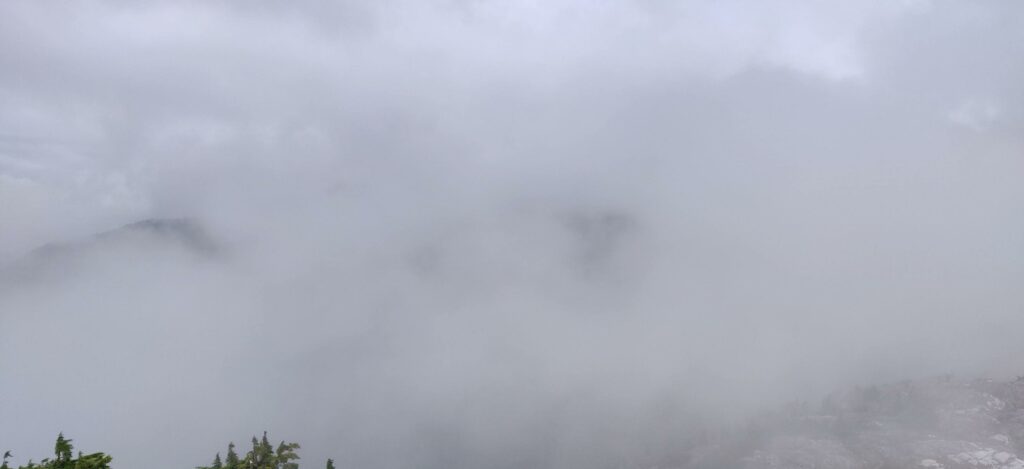
We decided that we weren’t spending another night out. We were hiking out in one day. We started walking at about 7 am, and got back to the car at 8 pm. We didn’t stop for lunch or blisters. We hiked back down Burman Ridge, through the valley, then back up Philips Ridge and back to the camp where we had spent the first night at Arcana Lake.
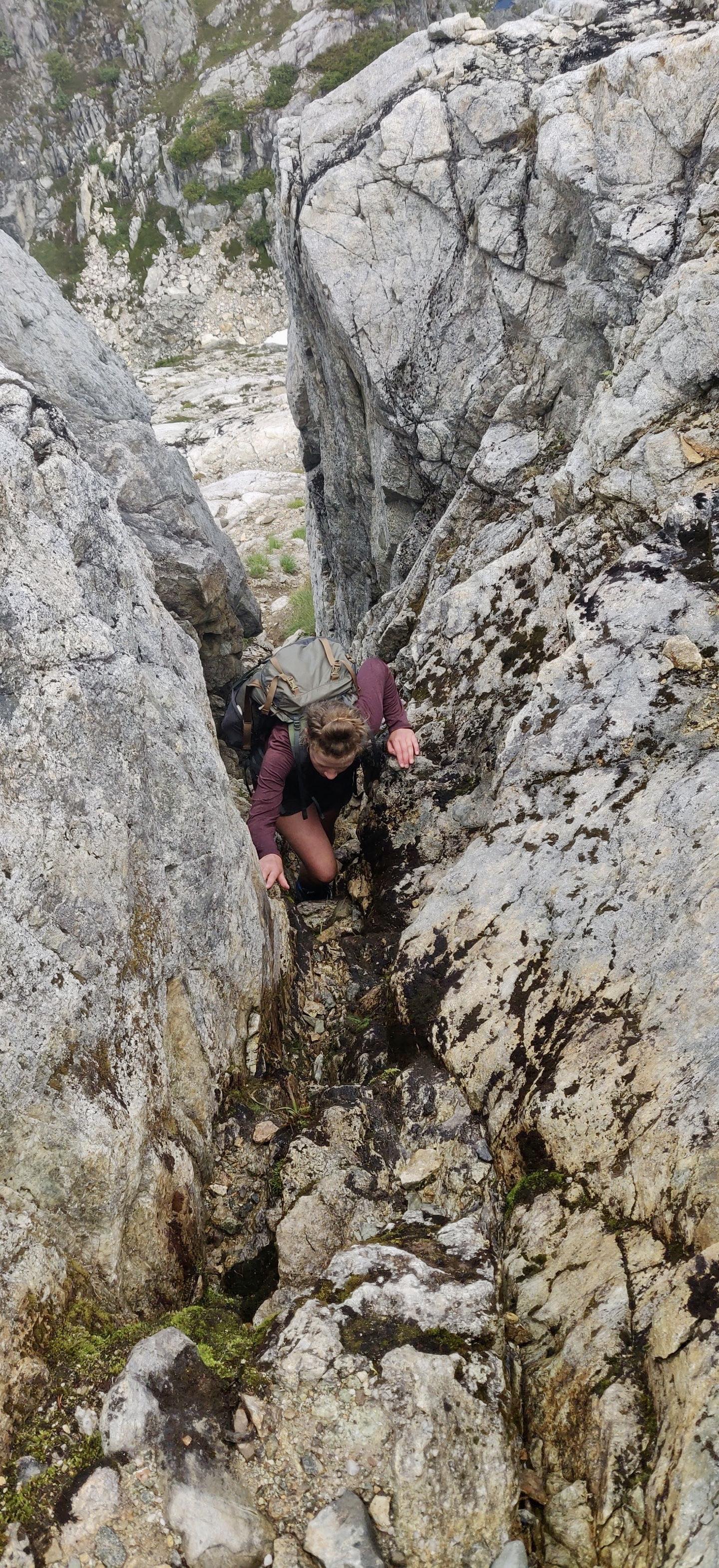
Along the way we met a couple walking in. They had a corgi with them. They stopped to talk and wanted to know whether their dog was going to be able to make the hike. I was trying to be positive, saying that he would probably need to be helped over some of the difficult parts of the trail. I was going to talk about the boulders by Carter Lake, but my sister walked past them. My sister didn’t even stop, but as she passed, she said, “Absolutely not.” We got back to our car and started to drive back home. We thought we’d stop by the A&W in Campbell River for dinner. When we got there, we were so stiff we couldn’t even get out of the car and had to go through the drive thru.
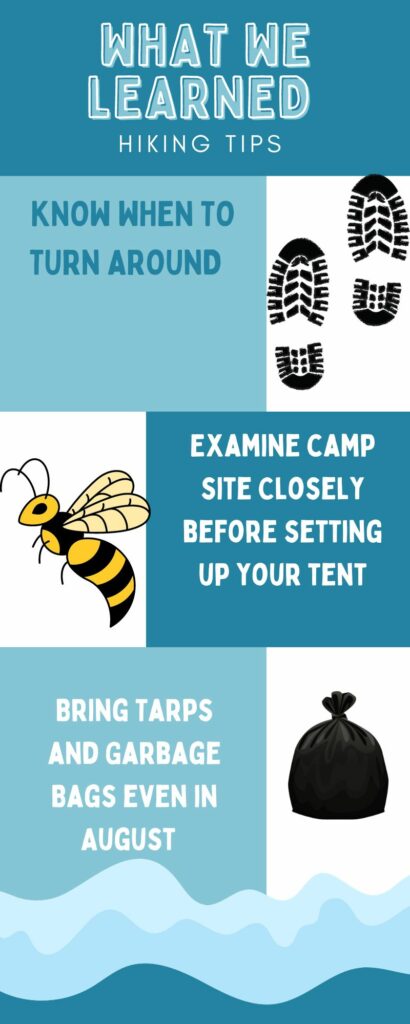
So what do we learn from these hikes where, in spite of planning, good packing and experience, things go terribly wrong. Well, it’s character building. You get to look back and say that – as awful as it was – you survived it. Then there is the power of a shared experience. Sometimes, it isn’t the trips that go well that end up being the ones you remember. I can imagine my sister and I – years from now – sitting at the dinner table somewhere and laughing,
“Do you remember that trip we took to the Golden Hinde?”
